Mouthwatering Smoked Meatloaf Recipe That Will Amaze Your Family
Crafting a delectable smoked meatloaf brings comfort and excitement to your dinner table.
Smoky aromas waft through the kitchen, promising a memorable meal.
Tender meat infused with rich, wood-fired flavors transforms an ordinary dish into something extraordinary.
Subtle hints of spice and smoke create a mouthwatering experience that lingers long after the first bite.
Regional cooking techniques blend with classic ingredients to produce a hearty main course.
Unexpected twists on traditional recipes make meal preparation an adventure worth exploring.
Smoked Meatloaf: Smoky Comfort Food
Ingredients For Smoked Meatloaf
Meat Base:Binders:Seasonings and Flavor Enhancers:Smoking Wood:Step-By-Step Smoked Meatloaf Cooking
Step 1: Mix Meatloaf Ingredients
In a large mixing bowl, combine the ground meat with all seasonings and binding ingredients.
Gently mix the components to ensure even distribution without overworking the meat.
The ingredients should include:Carefully shape the mixture into a uniform loaf, keeping it compact but not too dense.
Step 2: Prepare Smoker Setup
Choose wood chips like apple or cherry for a sweet, mild flavor.
Preheat the smoker to 225 degrees Fahrenheit.
Select a rack with holes to allow smoke circulation around the entire meatloaf.
Step 3: Smoke the Meatloaf
Place the meatloaf on the prepared rack inside the smoker.
Close the lid and maintain a consistent temperature.
Smoke the meatloaf until it reaches an internal temperature of 165 degrees Fahrenheit, which typically takes about 1.5 hours.
Step 4: Check Temperature
Use a wireless meat thermometer to monitor the internal temperature without opening the smoker frequently.
This ensures accurate cooking and prevents heat loss.
Step 5: Rest and Serve
Once the meatloaf reaches the target temperature, remove it from the smoker.
Let it rest for 10-15 minutes to allow juices to redistribute.
Slice and serve warm.
Secrets For Moist And Flavorful Smoked Meatloaf
Ways To Put A Spin On Smoked Meatloaf
Serving Smoked Meatloaf With Style
Tips To Keep Smoked Meatloaf Fresh
FAQs
Add enough breadcrumbs and eggs as binders. These ingredients help hold the meat mixture together and create a more cohesive texture that won’t crumble when sliced.
Sweet fruit woods like apple or cherry are excellent choices. They provide a mild, slightly sweet flavor that complements the meat without overpowering it.
Yes, you can make the meatloaf in the morning and refrigerate it until cooking time. You can also prepare and freeze the raw meatloaf, then thaw and cook when ready.
Print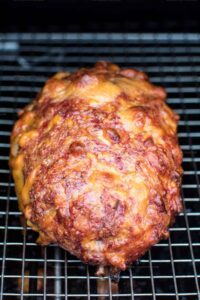
Smoked Meatloaf Recipe
- Total Time: 1 hour 45 minutes
- Yield: 6 1x
Description
Smoky Meatloaf delivers comfort with a bold twist, blending classic American home cooking and rich barbecue traditions. Hearty ingredients and expert smoking techniques create a memorable meal you’ll crave again and again.
Ingredients
Meat Proteins:
- 1 pound (454 grams) ground beef
- 1 pound (454 grams) ground pork
- 8 strips bacon, cooked and chopped
- 2 eggs, whisked
Binding and Filling Ingredients:
- 1/2 cup (60 grams) Italian Panko breadcrumbs
- 1/4 cup (60 milliliters) milk
- 1/2 cup (75 grams) yellow onion, chopped
- 2 cups (226 grams) cheddar cheese, shredded
Seasonings:
- 1 teaspoon seasoned salt
- 1 teaspoon garlic powder
- 1/2 teaspoon ground black pepper
Instructions
- Blend ground meat with complementary ingredients in a spacious mixing vessel, carefully shaping into a uniform loaf configuration.
- Position meatloaf on a perforated rack or specialized smoking tray to ensure maximum smoke circulation and even cooking.
- Transfer prepared loaf onto smoker platform, maintaining consistent temperature around 225-250 degrees fahrenheit.
- Monitor internal temperature diligently using a wireless digital thermometer, targeting 165 degrees fahrenheit for safe consumption.
- Smoking process typically requires approximately 1.5 hours, though duration varies based on meatloaf thickness and specific smoker characteristics.
- Select wood chips strategically – apple or cherry wood impart delicate, sweet undertones that complement meat flavors beautifully.
- Once temperature target is achieved, carefully remove meatloaf from smoker, allowing brief resting period to stabilize internal moisture.
- Slice meatloaf into uniform portions, serving immediately for optimal taste and texture preservation.
- For advance preparation, assemble meatloaf earlier in day and refrigerate, or freeze raw loaf for future cooking convenience.
- Store leftover smoked meatloaf in sealed container within refrigerator for four to five days, or freeze up to three months for extended enjoyment.
Notes
- Choose woods like apple or cherry for a subtle, sweet smoky flavor that complements the meat without overpowering its natural taste.
- Use a rack with holes to ensure even smoke circulation and prevent the meatloaf from sticking or falling apart during cooking.
- Always monitor internal temperature with a wireless thermometer to guarantee food safety and perfect doneness, aiming for exactly 165°F.
- Prepare the meatloaf ahead of time by refrigerating or freezing, which allows for convenient meal planning and makes weeknight dinners a breeze.
- Prep Time: 15 minutes
- Cook Time: 1 hour 30 minutes
- Category: Lunch, Dinner
- Method: Smoking
- Cuisine: American
Nutrition
- Serving Size: 6
- Calories: 676 kcal
- Sugar: 1 g
- Sodium: 620 mg
- Fat: 52 g
- Saturated Fat: 20 g
- Unsaturated Fat: 29 g
- Trans Fat: 1 g
- Carbohydrates: 10 g
- Fiber: 1 g
- Protein: 42 g
- Cholesterol: 180 mg


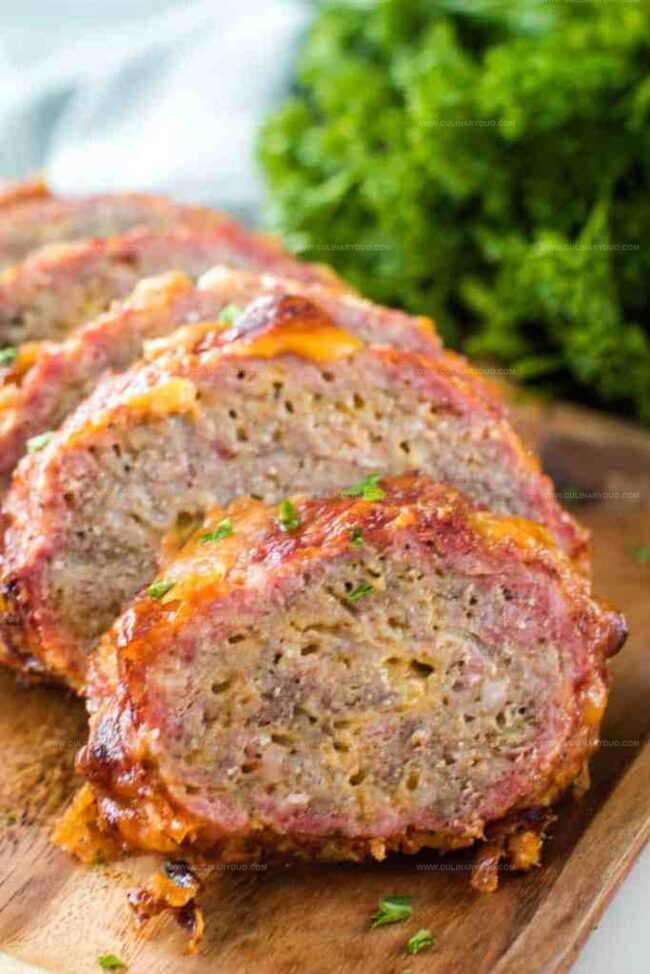
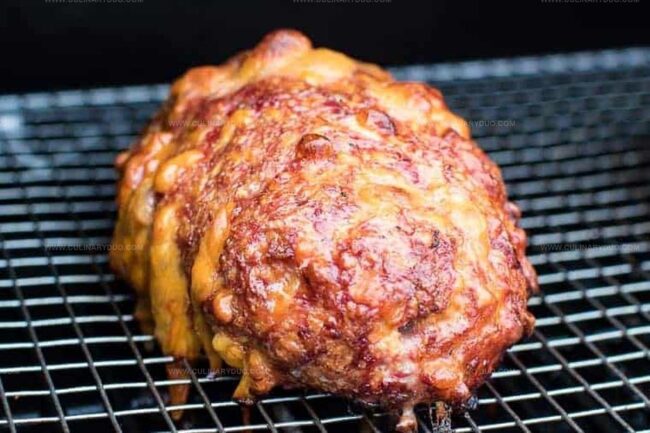
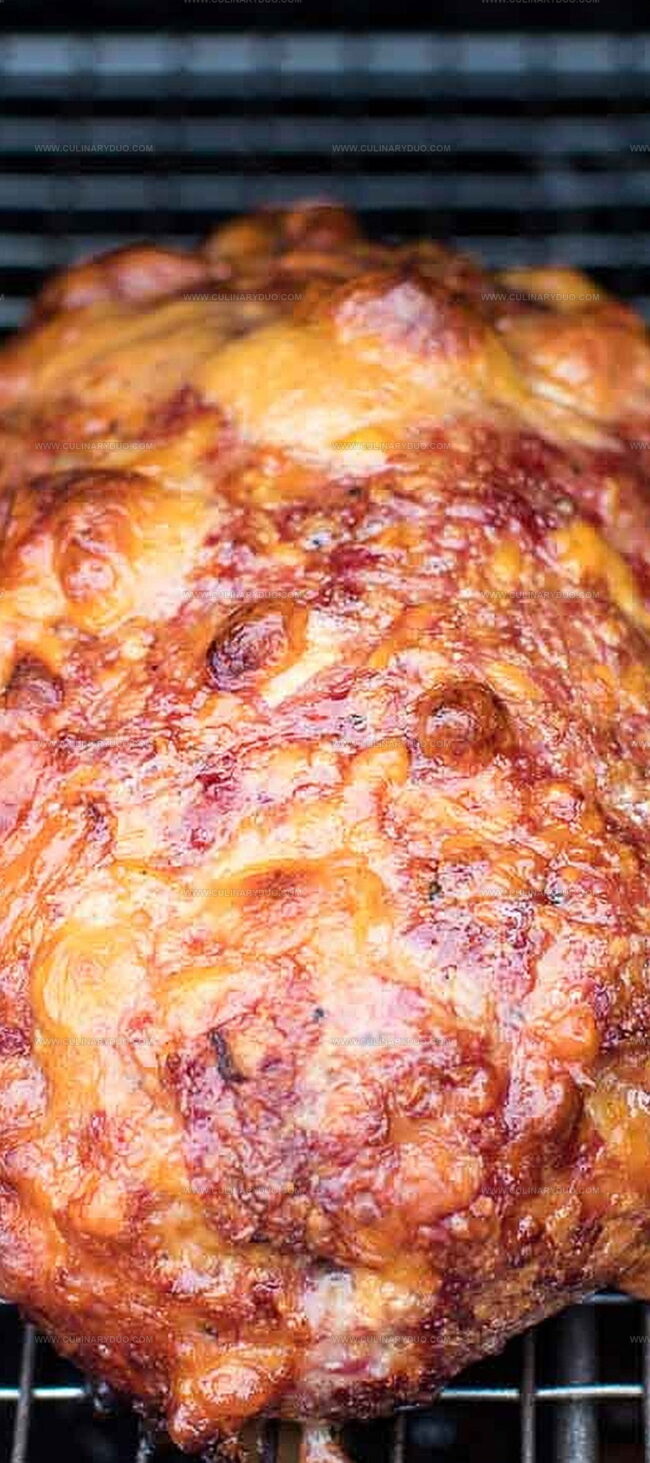
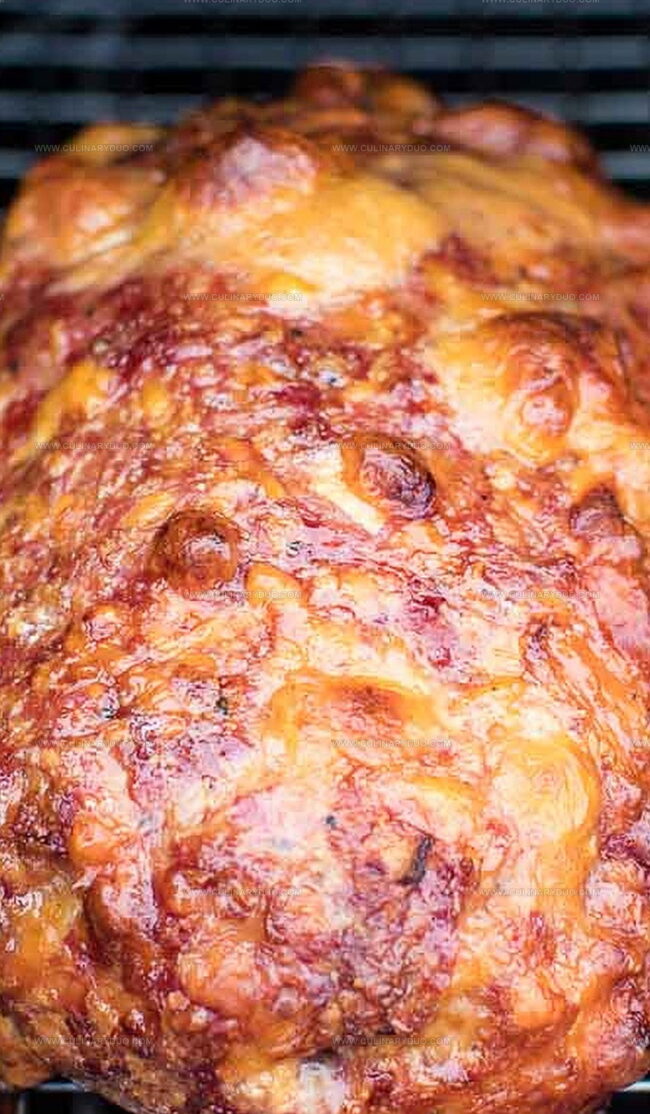
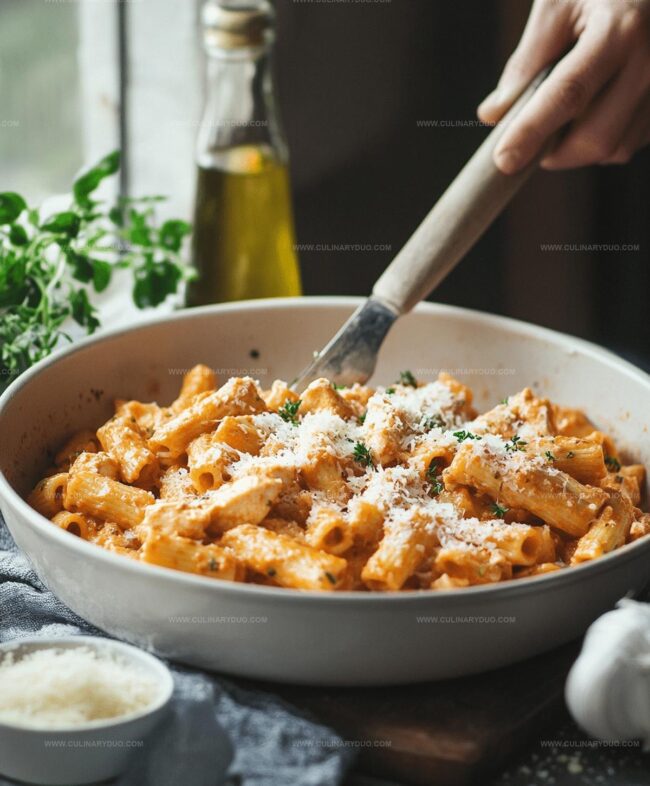
Natalie Brooks
Co-Founder & Content Strategist
Expertise
Education
eCornell
Natalie brings the vibrant, plant-powered side to Culinary Duo. After earning her Plant-Based Nutrition Certificate from eCornell, she combined her love for fresh ingredients with a passion for storytelling, aiming to make healthy cooking simple and satisfying.
Her kitchen motto: good food doesn’t need a fancy label, it just needs fresh ideas and a little creativity. Outside of writing and recipe testing, Natalie’s happiest in her garden, exploring farmers’ markets, or mixing global flavors into new kitchen experiments.